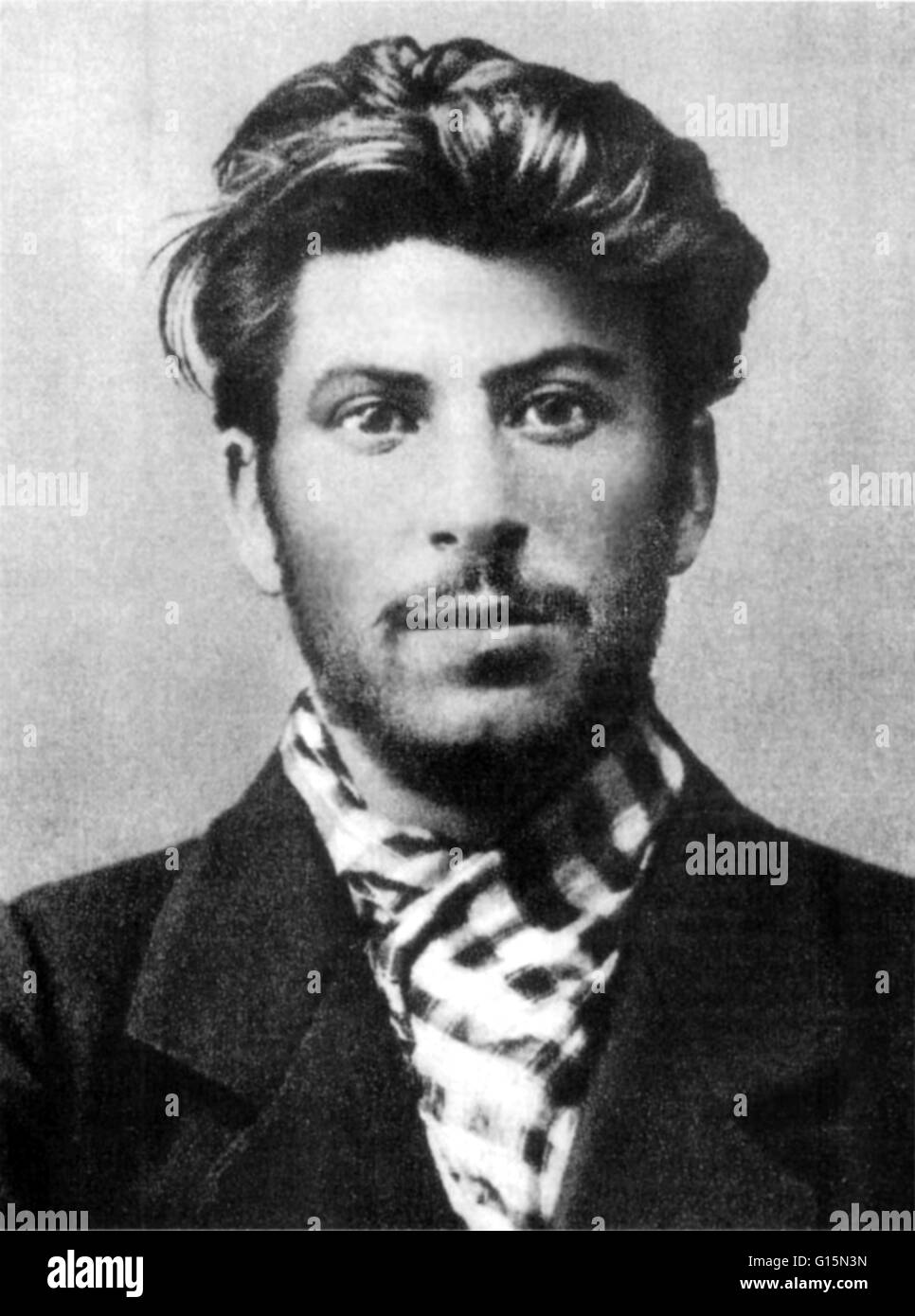Joseph Vissarionovich Stalin (December 18, 1878 - March 5, 1953) was the Premier of the Soviet Union from 1941 to 1953. He was among the Bolshevik revolutionaries who brought about the October Revolution in Russia in 1917 and later held the position of Ge

Image details
Contributor:
Science History Images / Alamy Stock PhotoImage ID:
G15N3NFile size:
41.9 MB (644.4 KB Compressed download)Releases:
Model - no | Property - noDo I need a release?Dimensions:
3300 x 4437 px | 27.9 x 37.6 cm | 11 x 14.8 inches | 300dpiPhotographer:
Photo ResearchersMore information:
This image could have imperfections as it’s either historical or reportage.
Joseph Vissarionovich Stalin (December 18, 1878 - March 5, 1953) was the Premier of the Soviet Union from 1941 to 1953. He was among the Bolshevik revolutionaries who brought about the October Revolution in Russia in 1917 and later held the position of General Secretary of the Communist Party of the Soviet Union's Central Committee from 1922 until his death. In 1928, he launched a period of industrialization and collectivization in the countryside, rapidly transforming the USSR from an agrarian society into an industrial power. In 1937-38, a campaign against alleged enemies of the Stalinist regime culminated in the Great Purge, in which hundreds of thousands of people were executed. Having played a decisive role in the Allied victory against Germany, the USSR emerged as a recognized superpower after the war. Stalin attended the delegations at the Yalta and Potsdam Conferences, which drew the map of post-war Europe. State communist governments loyal to the Soviet Union were installed in the Eastern Bloc, as satellite states. He led the USSR during the period of post-war reconstruction. He also launched the Great Construction Projects of Communism and the Great Plan for the Transformation of Nature. His health deteriorated towards the end of World War II. He suffered from atherosclerosis from his heavy smoking. He had a severe heart attack in 1945. He 1953, at the age of 74. Officially, he died naturally due to a cerebral hemorrhage (massive stroke). His successor, Nikita Khrushchev, denounced his legacy and initiated a process of de-Stalinization. Modern views of Stalin in the Russian Federation and the world remain mixed, with some viewing him as a tyrant and mass murderer, others as a capable and necessary leader for the time.